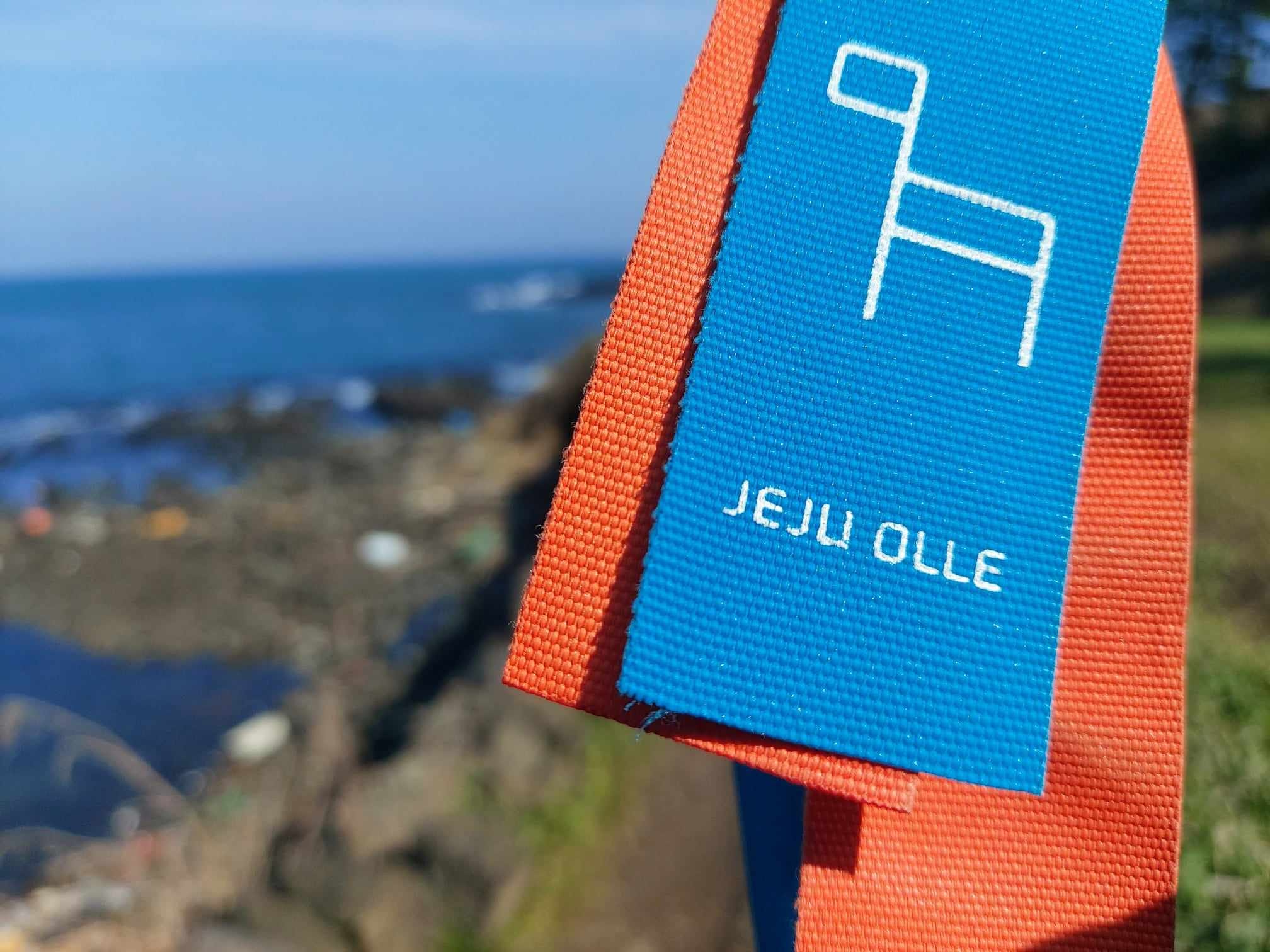(This is the first of what I hope is many guest posts. I’ve reached out to a few other travel writers, who share my ethos, and hopefully will sprinkle their pieces in amongst mine. With the goal of expanding how often this substack posts — CA)
When, many years back, I first heard Jeju Island referred to as the “Hawaii of Korea,” I’ll admit to rolling my eyes. After all, I’d been in the country long enough to know that the tourism boards won’t think twice about overhyping their local landmarks by comparing them to much more famous international attractions, with often cringe-inducing results.
My first trip to the island in 2008 did little to disabuse me of this notion; while certainly a beautiful piece of real estate, I found Jeju overdeveloped and annoyingly commercial, with hotels shaped like pirate ships erected next to teddy bear museums and “sex parks” featuring logs carved into the shape of immense phalluses. The tourist infrastructure all seemed haphazardly thrown together in a mad dash to make a buck, and while the island’s natural splendors were obviously very real, the schlock and souvenir shops took precedence over everything else.
I was also traveling with my girlfriend at the time, and she was (unsurprisingly) in charge of the itinerary, which ended up being a checklist of what most everyone else does when they go to Jeju.
While initially underwhelmed, over the years I heard that I was missing out, that Jeju Island was so much more than a tacky honeymoon destination. With white sand beaches, azure waters, and extinct volcanoes—it actually did have things in common with Hawaii—and if you avoided the tourist traps and dove a bit deeper, you would have a much more fulfilling experience. Of course this is true of most anywhere, so I decided to give Jeju another shot.
Last February I grabbed my pack and headed back with the purpose of walking along the Jeju Olle Trail. Inspired by Spain’s Camino de Santiago, this 437-kilometer (272 miles) path circles the whole island, following coastline, winding through villages and tangerine groves, as well as up and down the little extinct volcanoes called oreum, of which Jeju boasts around 360. Combining shore roads, village lanes, dirt tracks, and forest paths, the Olle Trail was designed to highlight the island’s unique natural features, as well as give its walkers an honest look into both village and urban life.
Despite the fact that Jeju is culturally, geologically, and linguistically distinct from the mainland, its uniqueness doesn’t present itself right away, at least in Jeju City, the island’s biggest population center. Korean urban cores tend to have a uniformity that at times makes them indistinguishable: bland apartment blocks, gray buildings, and the same CU and GS25 convenience stores on every corner. As I followed the red and blue ribbons that marked the Olle Trail’s way through the city streets, I could have been in Seoul, Daegu, or Busan. At first glance it was just another generic Korean burg. However, as I proceeded, Jeju’s City’s particular charms began to unveil themselves.





